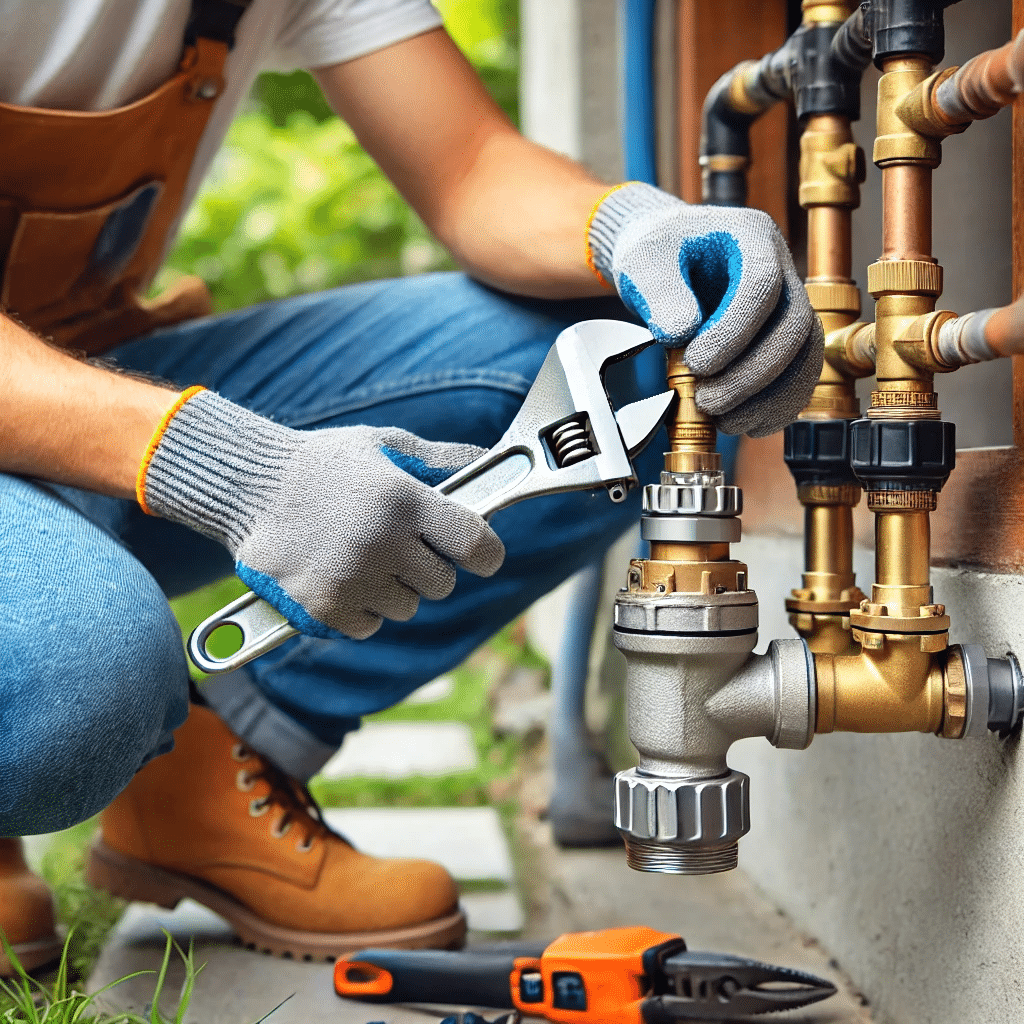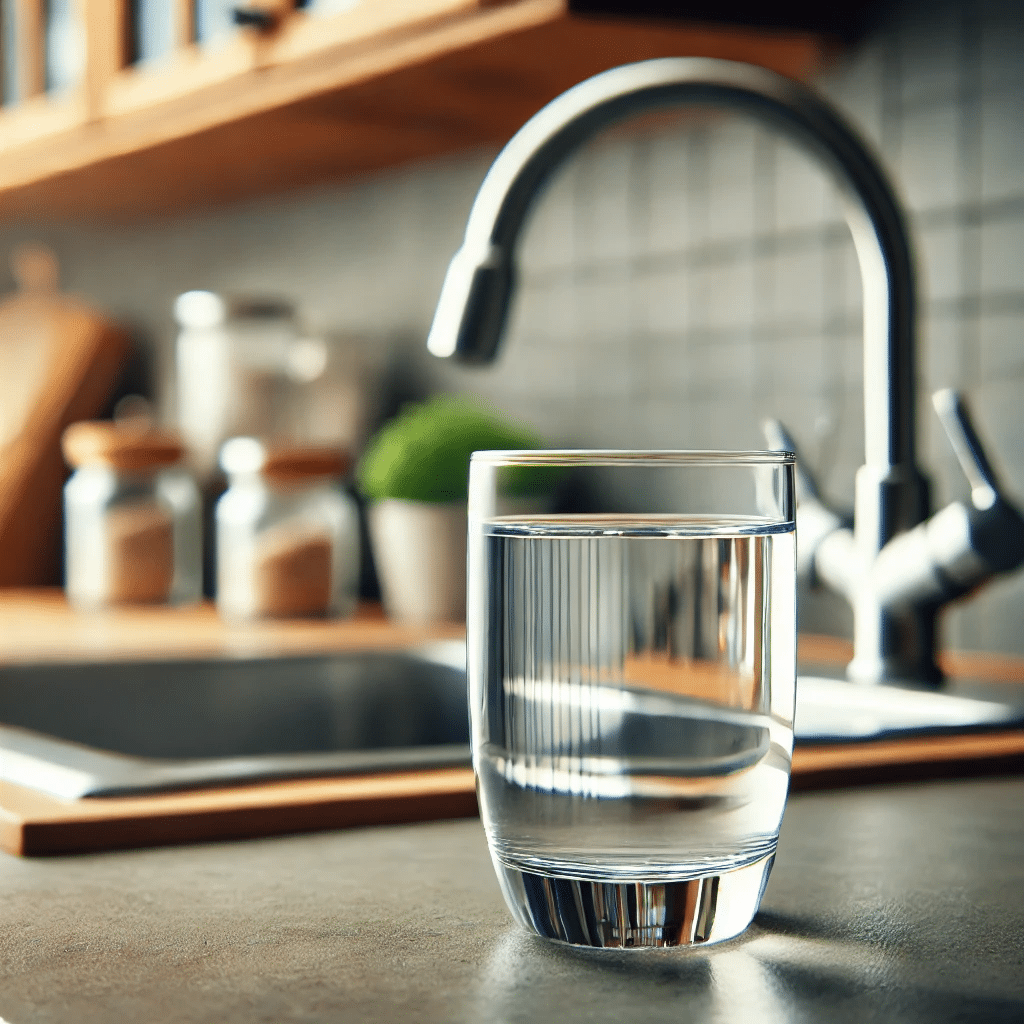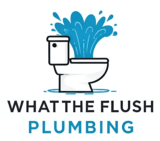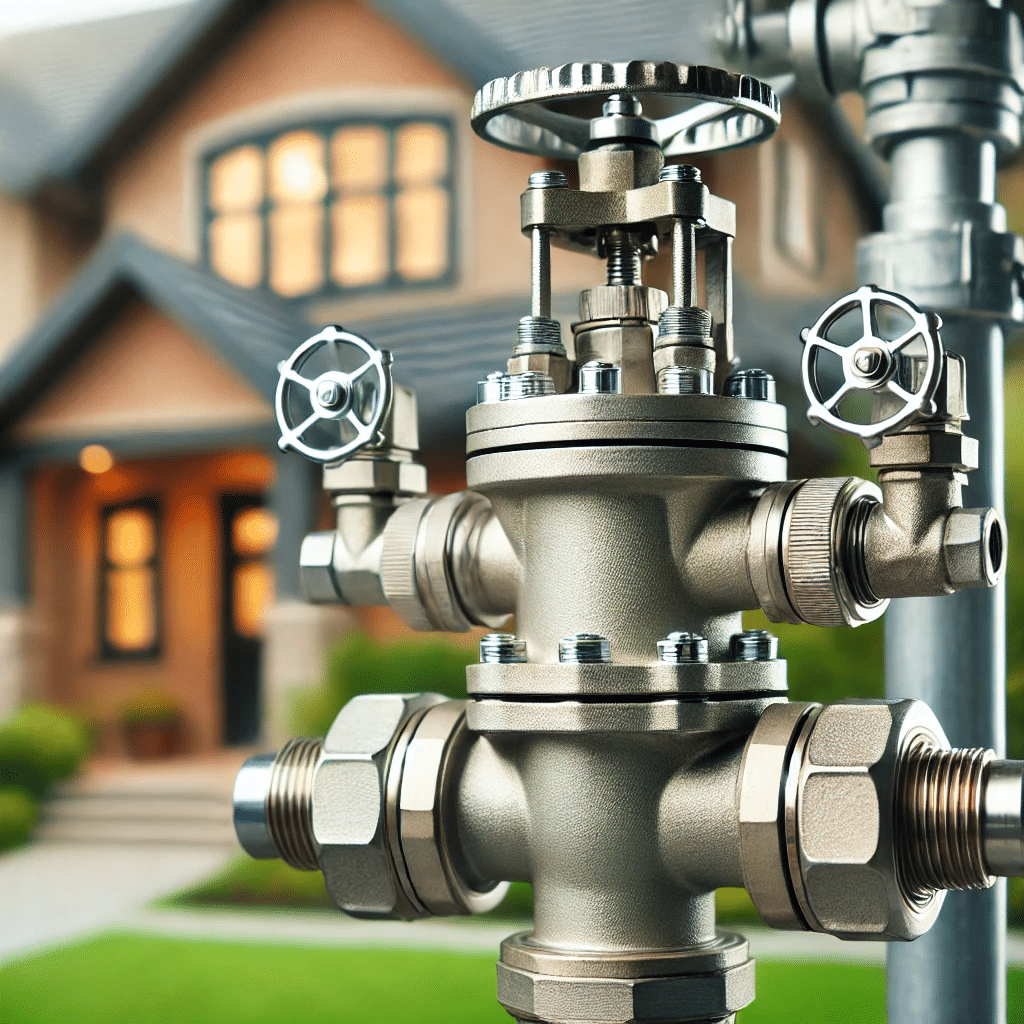Calgary AB Plumber | Water safety is a major concern for homeowners in Calgary, and one of the most critical yet often overlooked aspects is backflow prevention. Contaminated water flowing back into your clean water supply can pose serious health risks. Fortunately, with proper backflow prevention systems, you can protect your household from potential water contamination.
In this article, we’ll explore what backflow is, why it happens, and how a Calgary AB plumber can help safeguard your home with effective prevention solutions.
What Is Backflow?
Backflow occurs when water reverses its intended direction in the plumbing system, allowing contaminants to enter the clean water supply. This can introduce hazardous substances such as fertilizers, chemicals, and bacteria into drinking water, posing a significant health risk.
There are two primary types of backflow:
- Backsiphonage – This happens when there is a sudden drop in water pressure, causing water from an external source to be drawn back into the system.
- Backpressure – This occurs when the downstream pressure becomes greater than the supply pressure, forcing unwanted substances back into the potable water system.
Common causes of backflow include:
- Water main breaks
- Heavy water usage from firefighting
- Malfunctioning pressure systems
- Faulty plumbing connections
Why Is Backflow Prevention Important?
Protects Your Drinking Water
One of the primary reasons for installing a backflow prevention device is to ensure that the water you consume is free from contamination. Without proper measures, pollutants from external sources, like irrigation systems or industrial chemicals, could infiltrate your home’s water supply.
Prevents Health Hazards
Backflow contamination can introduce harmful substances such as pesticides, heavy metals, and bacteria, which can lead to severe health issues. Preventing backflow is essential for maintaining clean and safe water for drinking, cooking, and bathing.
Complies with Local Regulations
In Calgary, homeowners and businesses must adhere to plumbing codes that mandate backflow prevention devices in certain situations. Failing to comply with these regulations can result in fines and even service interruptions. A licensed Calgary AB plumber can help ensure your plumbing system meets all legal requirements.

Common Backflow Prevention Methods
Several solutions are available to prevent backflow in residential and commercial plumbing systems. Here are some of the most effective:
1. Air Gaps
An air gap is a physical separation between a water outlet and a potential contamination source. This is the simplest and most effective backflow prevention method. For example, a kitchen sink with a high faucet that sits above the overflow level of the sink creates an air gap, preventing contaminated water from being siphoned back.
2. Check Valves
A check valve is a mechanical device that allows water to flow in only one direction. It automatically prevents reverse flow by closing when backpressure occurs.
3. Pressure Vacuum Breakers (PVB)
A PVB is a backflow prevention device commonly used in irrigation systems. It prevents contaminated water from being drawn back into the main supply by using a spring-loaded check valve and an air inlet valve.
4. Reduced Pressure Zone (RPZ) Valves
An RPZ valve is one of the most reliable backflow prevention devices. It consists of two check valves and a relief valve that discharges water when pressure imbalances are detected. RPZ valves are often used in commercial buildings and high-risk areas where water contamination could have serious consequences.
5. Double Check Valve Assemblies (DCVA)
A DCVA is a commonly used device that consists of two independently acting check valves. It provides an added layer of protection, especially in residential and light commercial applications.
Signs You May Have a Backflow Issue
Detecting backflow issues early can help prevent serious contamination. Here are some warning signs:
- Discolored or foul-smelling water – If your tap water appears brown, yellow, or has an unusual odor, it may be contaminated due to backflow.
- Slow or fluctuating water pressure – A sudden drop in pressure could indicate a backflow issue, especially after a water main break.
- Visible debris in water – Sand, dirt, or other particles in your water supply suggest contamination.
- Unusual tastes in drinking water – If your water has a metallic, bitter, or chemical taste, backflow might be the cause.
How a Calgary AB Plumber Can Help
Hiring a professional Calgary AB plumber ensures your home is properly protected against backflow contamination. Here’s how they can help:
Inspection and Assessment
A certified plumber will assess your plumbing system to identify potential backflow risks and recommend appropriate prevention measures.
Backflow Device Installation
If your home requires a backflow prevention device, a licensed plumber can install the right system based on local regulations and your specific needs.
Annual Testing and Maintenance
Many municipalities require backflow prevention devices to be tested annually. A plumber can perform these tests and ensure your system remains in compliance.
Emergency Repairs
If you experience a backflow issue, an expert plumber can quickly diagnose and resolve the problem, restoring the safety of your water supply.

Conclusion
Backflow prevention is essential for maintaining a safe and clean water supply in your home. Contaminated water can pose serious health risks, but with proper prevention methods like air gaps, check valves, and RPZ devices, you can keep your household safe.
If you’re unsure whether your home has the necessary backflow protection, it’s best to consult with a professional Calgary AB plumber. A licensed plumber can assess your system, install the right prevention measures, and ensure compliance with local regulations.
Don’t take chances with your water quality—protect your home with proper backflow prevention today!

